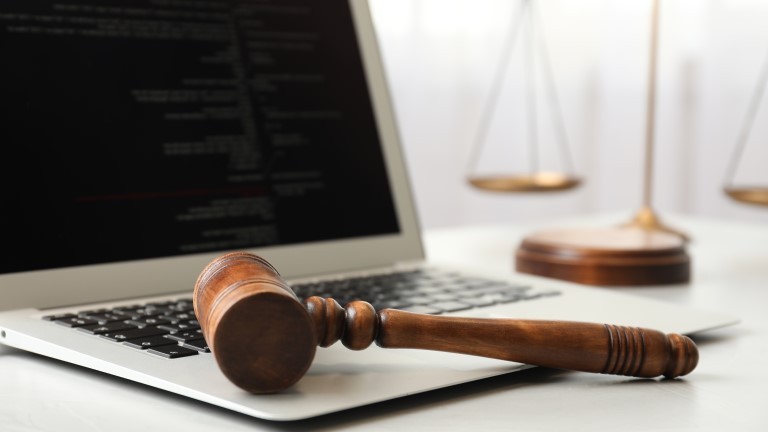A new report from the Thomson Reuters Institute looks at how the global pandemic impacted the nation’s court system around remote hearings, legal technology, case backlogs, and access to justice
When the COVID-19 pandemic completely upended the world, it also upended the nation’s courts system. Courthouses closed, proceedings were halted, and judicial life came to a standstill.
As we waited for guidance from the Centers for Disease Control and Prevention (CDC) on how to proceed, safety was top of mind. As a former trial attorney, I immediately thought of those who would be most greatly impacted by lack of access to the courts, including families hoping to adopt a child through family court proceedings; victims trying to escape their abusers; prisoners suffering in overcrowded prisons; and new businesses entrepreneurs working to open their doors.
Now, more than 1½ years later, the Thomson Reuters Institute sought to learn how the pandemic impacted state and local court houses and what measures courts took to keep their dockets moving. In June 2021, we surveyed approximately 240 court professionals — judges and chief justices, magistrates, court administrators, attorneys, and clerks of the court — at the state, county, and municipal courts level, representing a broad cross-section of the judicial community.
Our findings have been compiled in a new report, The Impacts of the COVID-19 Pandemic on State & Local Courts Study 2021.
We learned about three major areas of court proceedings: courts backlogs, technology in courtrooms, and access to justice for litigants and other parties. The consensus was clear. Almost all courts (93%) moved swiftly to pivot to some form of remote proceedings in order to continue operations. These courts used a variety of technology platforms including email, video conferencing, and more. Was everything perfect? As with many innovations, especially in a more traditional profession like the law, there were challenges, but the benefits greatly outweighed them.
Individuals, in many instances, were able to access remote hearings from their homes, leveraging technology to log on for their “day in court,” while also protecting themselves from possible exposure to a deadly virus.

With the pandemic continuing both here and abroad, we will increasing see some form of hybrid court proceedings well into the future. Will those changes remain after this pandemic is a distance memory? We found that 89% of courts are continuing to use some form of remote proceedings, and time will certainly tell if “Zoom trials” are the way of the future.
However, our study showed us something else too. The pandemic-related disruptions we saw were necessary to spark the types of judicial reforms needed to better serve our citizens and our community. While courts should continue to find ways to provide more technological help to litigants, particularly self-represented parties, this shouldn’t be a deterrent for forward progress.
Without equal and fair access to our courts, individuals risk the loss of their liberty, property, and much more. When citizens do not have the same access to knowledge of their rights or an understanding of courts’ processes, we are left with a weakened and unbalanced justice system. The technology changes we have seen accelerating over the past 18 months are a positive step forward for court professionals and our nation’s citizens.







